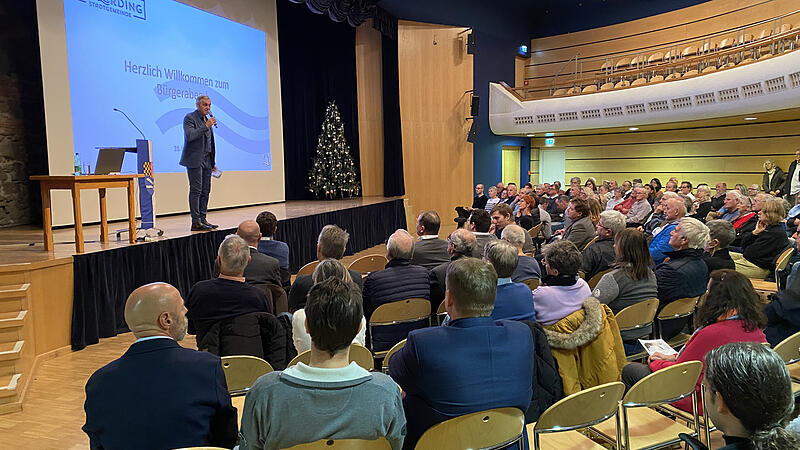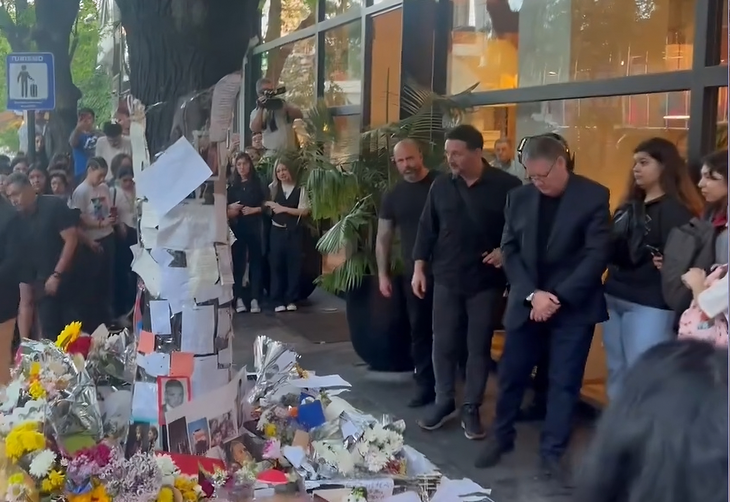“The energy is still there, but it’s getting more expensive.” With these words, Mayor Günter Streicher (SP) opened the citizens’ information evening, to which the municipality invited yesterday evening in the Kubinsaal. Many Schärdinger citizens accepted the invitation, and the event hall was well filled. That doesn’t seem surprising either, given the current issues that were on the agenda. In addition to energy saving tips from the energy saving association and information about the fiber optic network in Schärding, the focus was primarily on the third point: the options for connecting to the district heating network in Schärding – as an alternative to the gas heating systems that are currently predominantly used in the city area.
“It has to pay off”
According to Mayor Streicher, there had already been many inquiries to the municipality in the run-up to the event as to how the expansion would continue. Werner Franek, project manager at EVN GmbH, which operates the heating plant in Schärding, informed about this. One of the advantages of heating with biomass is the use of regional wood chips, which leads to more independence. In addition, EVN also states that it produces sustainably, since, among other things, emissions are reduced by a central boiler system instead of decentralized fireplaces.
Many public buildings in particular, such as the elementary school or the two nursing homes in the district capital, are currently being heated with district heating. The route is 13 kilometers long and runs through the Schärdinger urban area. Project manager Franek announced yesterday that a potential survey for Schärding’s old town will soon be carried out “and it will be looked at whether a possible network expansion is necessary,” he explained. However, this also requires a corresponding connection density. “In any case, it has to pay off. If the demand is high, we have to think about it,” said the project manager. Therefore, not only the old town is considered. An expansion is also conceivable in the suburbs.
resources available?
While the concrete demand has yet to be ascertained, at least the interest in Schärding already seems to be there. This was shown by the many questions that those present had for Franek. “If we are honest, everyone is there because of the exploding heating costs,” said one citizen. The question was what heating costs he could expect with a district heating connection. Franek informed that the price for biomass heating would currently be 11 cents per kilowatt hour. Compared to gas, which currently costs 15 cents per kilowatt hour, you save four cents per kilowatt hour.
Another topic that led to discussions was how long one would have to wait for a possible connection. Franek: “It depends on whether we can connect to the current network or whether an increase is necessary.” If an expansion is necessary, the waiting time would be almost two years. According to Frank, resources are still available. When the audience asked how much that was, the project manager replied: “We can still connect one or the other household with the current network.” An answer that caused an audible murmur in the hall. Finally, Mayor Streicher informed about the extension of the heating cost subsidy, which was recently decided. All recipients who were previously eligible can reapply for financial support from the municipalities.
Source: Nachrichten




